Google Ads Tip #10 – Goal#1 High Impressions – Zero Clicks
In the competitive world of digital advertising, achieving high impressions while receiving zero clicks is a paradoxical goal that many marketers strive to understand. “Goal#1 High Impressions – Zero Clicks” is a focus keyword that challenges conventional campaign metrics by examining situations where ads are viewed frequently but fail to generate any engagement. This article explores why high impressions without clicks can occur, how it impacts your campaign performance, and what strategies you can implement to convert those impressions into valuable actions. Relevant LSI keywords such as “high impressions,” “zero clicks,” “click-through rate,” “ad performance,” “impression optimization,” and “campaign efficiency” are interwoven throughout this discussion.
Understanding High Impressions with Zero Clicks
High impressions indicate that your ads are being displayed to a large audience. However, when these impressions do not translate into clicks, it raises questions about ad relevance, audience targeting, and the overall effectiveness of your creative elements. Achieving “Goal#1 High Impressions – Zero Clicks” might sometimes be an indicator of brand awareness campaigns or a testing phase where the focus is solely on visibility rather than engagement.
For more insights into optimizing ad impressions and engagement strategies, visit our blog or check out Google Ads Secrets.
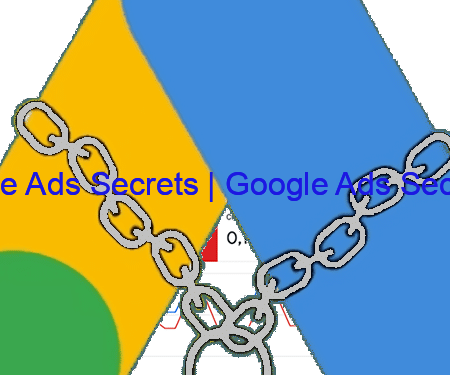
Analyzing the Implications of Zero Clicks
While high impression numbers may seem impressive, zero clicks indicate that the ad is not resonating with the target audience. This scenario could stem from several factors:
- Poor Ad Relevance: If the ad content doesn’t match the intent of the search query, users will likely ignore it.
- Ineffective Call-to-Action (CTA): A weak or unclear CTA fails to encourage users to click through.
- Unappealing Visuals: Even with high visibility, unengaging images or ad designs can lead to low interaction.
To delve deeper into understanding these factors, refer to expert analyses on Moz and Neil Patel.

Strategies to Convert High Impressions into Clicks
Transitioning from high impressions to click engagement requires a strategic approach. Here are actionable strategies to help you move beyond “Goal#1 High Impressions – Zero Clicks”:
- Enhance Ad Copy: Craft compelling headlines and descriptions that clearly communicate your value proposition. A/B test different variations to see which resonates best.
- Improve CTA Effectiveness: Ensure your call-to-action is clear, enticing, and directly related to the ad’s message.
- Optimize Visual Elements: Use high-quality images and engaging visuals that capture attention. Consistency between visuals and ad copy can significantly boost CTR.
- Refine Audience Targeting: Analyze your audience data and adjust targeting settings to reach users who are more likely to engage with your ad.
- Utilize Landing Pages: Direct clicks to well-designed landing pages that provide a seamless user experience and encourage conversions. Learn more about landing page optimization at Google Ads Secrets.
Visualizing Your Campaign Metrics
Visual aids are essential for comprehending campaign performance metrics. The image below offers an overview of the Google Ads interface, highlighting key metrics associated with high impressions and low click-through rates:
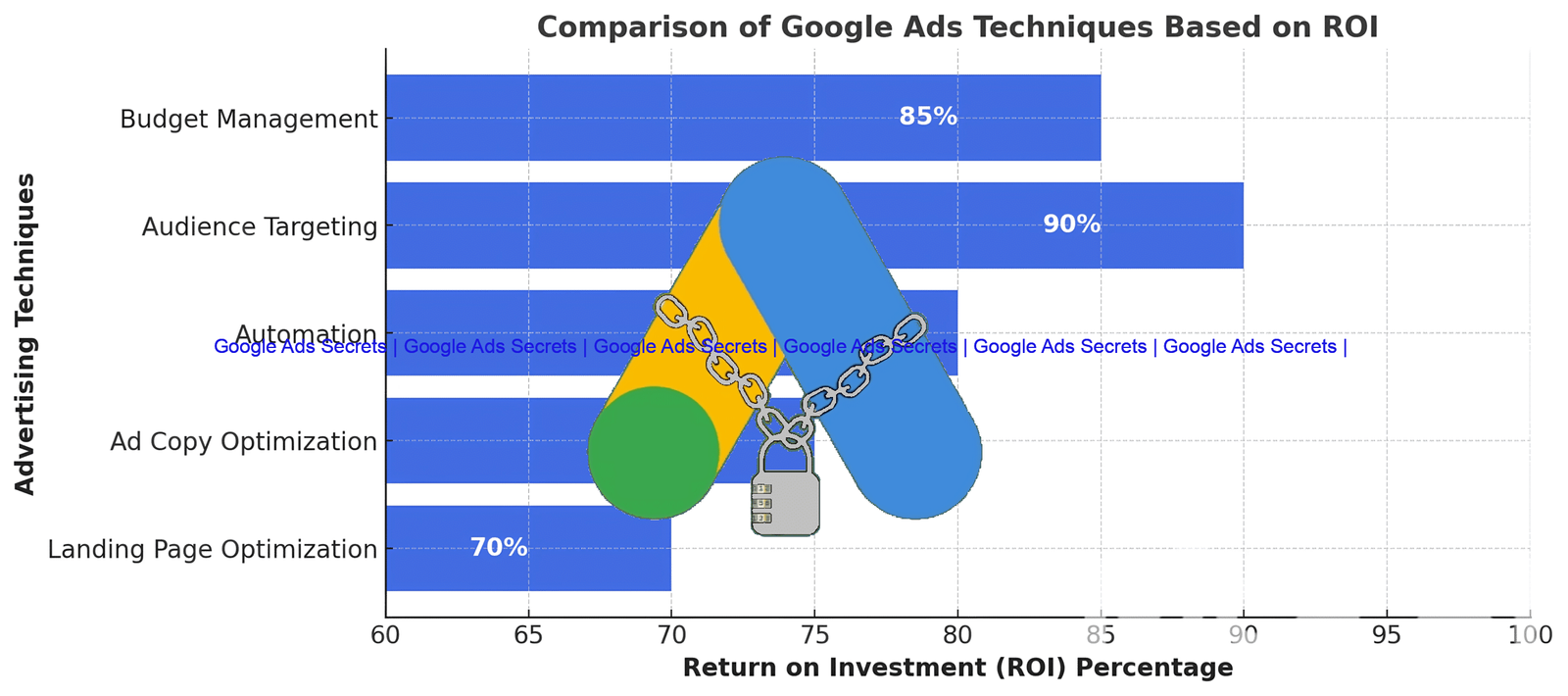
Another graphic demonstrates how targeted optimizations can improve your ROI by converting impressions into clicks more effectively:

Understanding ROI and Its Calculation
Evaluating the success of your ad campaigns requires a clear understanding of ROI. By converting high impressions into clicks, you can optimize your ad spend. The following image breaks down the ROI formula, helping you understand the impact of each component on your overall campaign performance:
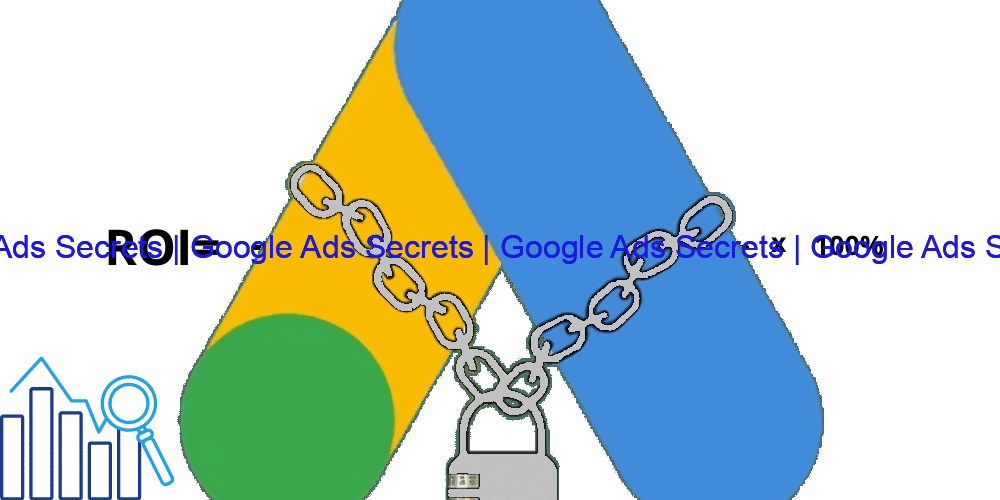
For further details on ROI calculations and campaign analytics, visit resources such as Search Engine Journal.
Case Studies and Emerging Trends
Recent case studies reveal that advertisers who address the gap between high impressions and zero clicks experience significant improvements in their conversion rates. For instance, implementing strategic optimizations has led to better targeting and more effective ad copy, which in turn increased click-through rates dramatically.
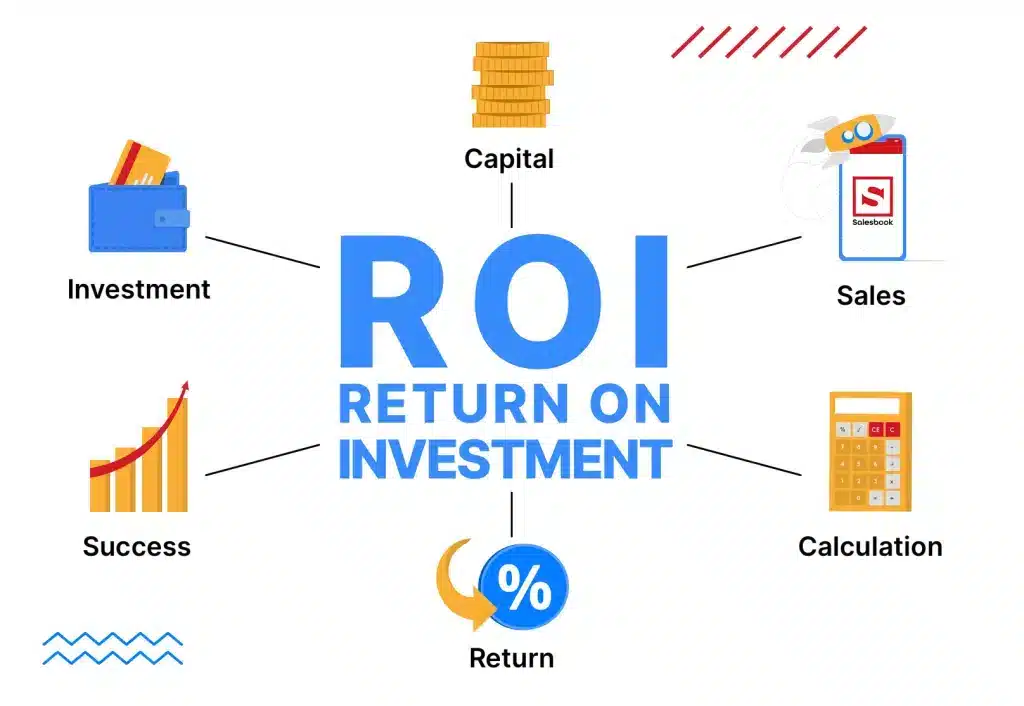
Another case study showcases successful cost-cap implementation that helped reduce wasted ad spend and maximize ROI, further emphasizing the importance of moving beyond zero-click scenarios:
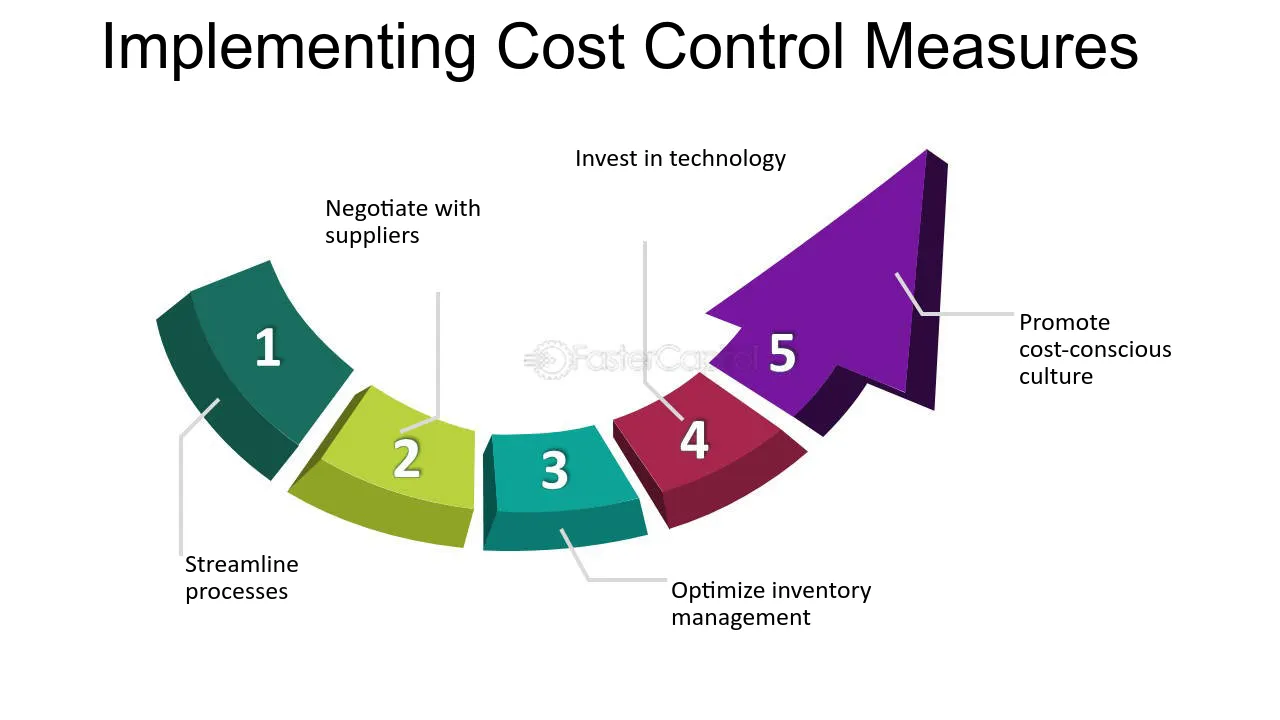
Looking ahead, as digital advertising continues to evolve, the focus on converting impressions to clicks will become increasingly critical. Strategies that combine detailed analytics with creative optimization will define the future of effective ad campaigns.

Conclusion
Achieving high impressions is only part of the battle in digital advertising. “Goal#1 High Impressions – Zero Clicks” should serve as a catalyst to analyze and optimize your campaign strategy. By refining ad copy, improving CTAs, optimizing visuals, and targeting the right audience, you can transform high visibility into meaningful engagement and conversions. Embrace data-driven techniques and continually test your strategies to maximize your ROI and overall campaign performance.
Frequently Asked Questions (FAQ)
1. What does “Goal#1 High Impressions – Zero Clicks” mean?
This focus keyword refers to a scenario where ads receive a large number of impressions but fail to generate any clicks, indicating potential issues with ad relevance or audience targeting.
2. Why are high impressions with zero clicks a concern?
High impressions indicate that your ad is visible, but zero clicks suggest that it isn’t resonating with the audience, which can lead to wasted ad spend and poor campaign performance.
3. What strategies can help convert impressions into clicks?
Improving ad copy, refining call-to-action (CTA), optimizing visual elements, and targeting a more relevant audience are key strategies to convert high impressions into clicks.
4. How can I measure the success of converting impressions to clicks?
Key metrics include click-through rate (CTR), conversion rate, cost per click (CPC), and overall ROI. Monitoring these will help you evaluate the effectiveness of your optimization strategies.
5. Where can I find more resources on optimizing Google Ads performance?
For further insights, visit Google Ads Secrets, and explore expert advice on platforms like Moz and Search Engine Journal.

